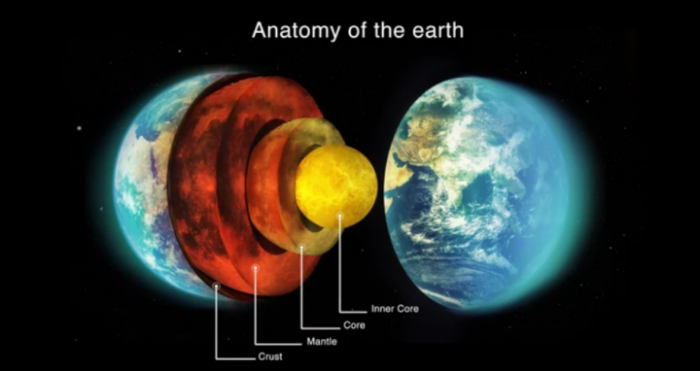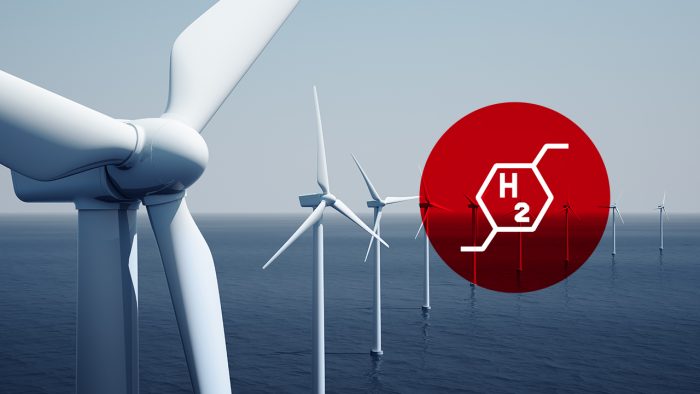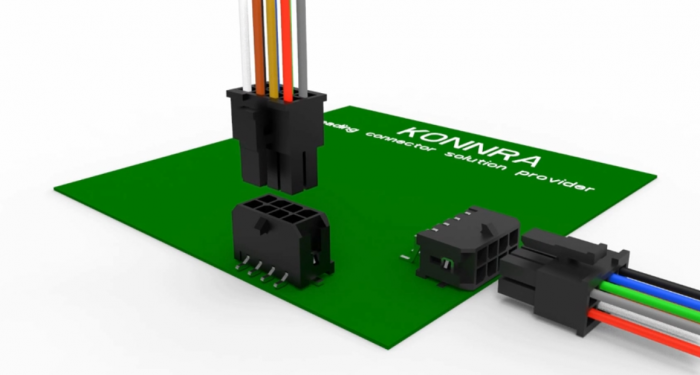- Current status of renewable energy
The IEA predicts that renewable energy power generation will grow by 8% in 2023 and 6% in 2024, reaching 35% of global power generation by 2025. This is mainly due to the continued reduction in the cost of renewable energy and policy support, as well as the increasing amount of renewable energy power generation. The need for clean, reliable power in the wake of the COVID-19 pandemic. The IEA also notes that renewable energy can play a key role in achieving net zero emissions by 2050, as outlined in its Net Zero Emissions Scenario 2050 (NZE).
We know that solar and wind energy production have been at the forefront of the world’s efforts to transition away from fossil fuels. However, these sustainable energy sources are considered intermittent and cannot provide energy 24/7, especially in times of emergency, which also requires traditional oil, Energy sources such as natural gas or coal; and renewable energy is not just about electricity, it also has the potential to change the energy needs of other sectors, such as construction, industry, transportation and agriculture. As a result, these industry needs stimulate the deployment and innovation of renewable energy sources and ensure integration with their energy systems and infrastructure.
- 2. Innovative discovery of renewable energy
There is a vast energy source deep within the Earth, and geothermal energy from places as diverse as New Zealand, Indonesia, and Turkey has proven to be a reliable and largely inexhaustible source of energy. 66% of Iceland’s energy consumption comes from geothermal resources.

Quaise Energy is developing a unique drilling technology that can harness this energy almost anywhere. Their concept is to use high-powered millimeter waves to blow rocks up to 20 kilometers to temperatures of 932 degrees Fahrenheit to obtain large amounts of carbon-free energy. This drilling technique vaporizes the rock, creating a glass-lined hole.
Hydrogen has long been considered an environmentally friendly alternative to burning hydrocarbon fuels because its chemical by-product is simple water. However, how to safely store and transport hydrogen has always been a problem. Two new projects are developing a process to store and recover hydrogen from solid materials. The most suitable method is to use mechanical processes to trap hydrogen in porous silicon-based powders. Adding water and sodium hydroxide releases the hydrogen gas, leaving behind the inert silica.

Carbon dioxide energy storage facilities are a more unconventional approach to generating and storing energy. Energy Dome has built a 2.5-megawatt pilot plant that stores large quantities of carbon dioxide gas. To charge this “battery,” the system compresses the gas into a liquid and stores it at ambient temperature. Discharge occurs when liquid carbon dioxide is allowed to expand and directed through a turbine and output to a flexible dome storage bladder. The developers claim round trip efficiency exceeds 75%.
Recent extreme weather has convinced more climate change skeptics and spurred the search for non-polluting energy sources. Some of these alternative energy solutions do not scale to the levels required to generate large-scale applications, while others never leave the laboratory. It’s unclear which of these concepts will be economically viable, but engineers are applying the innovation to usher in a new day of environmentally sustainable energy.
- 3. How electronic connectors support the renewable energy industry
Innovations in various renewable energy sources are also stimulating demand growth in other industries.
The current pace of exploration and innovation to develop completely new solutions has accelerated, however, in order to fully exploit the potential of renewable energy, reliable, efficient and durable electronic adapter connectors are needed to connect the various components and equipment in renewable energy systems. Harsh environment connectors are key to these technologies. Electronic connectors are critical for transmitting power, data and signals between different parts of a system such as solar panels, inverters, batteries, wind turbines, generators, controllers and sensors.

- 4. What is the role of electronic connectors in renewable energy?
Electronic connectors play a role in the energy transition.
Energy transition refers to the transformation from a traditional energy system dominated by fossil fuels to a low-carbon, clean, and efficient energy system dominated by renewable energy. This transformation is significant for combating climate change, protecting the environment, and improving energy security and economic efficiency. However, the energy transition also faces many challenges, such as the instability, storage and interconnection of renewable energy.
This is where electronic connectors come into play. Renewable energy connectors can help achieve effective connections between renewable energy equipment and the power grid, improving energy utilization and reliability. For example, solar panels and wind turbines need to be connected to inverters, controllers, energy storage devices, etc. through connectors to achieve optimal power output and management. In addition, electronic connectors can also help realize the construction of smart grids, realize monitoring and control of distributed energy, demand response, peak and valley balance, etc. through information and communication technology, and improve the flexibility and security of the grid. Especially when dealing with renewable energy sources that may have different voltage, current and frequency characteristics than traditional grids.
In the future, with the popularization of green environmental protection, the continuous advancement of technology and the continuous optimization of the policy environment, renewable energy will provide excellent opportunities to influence connector technology in the next few years.










